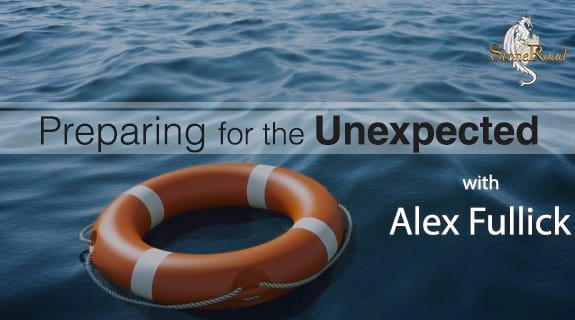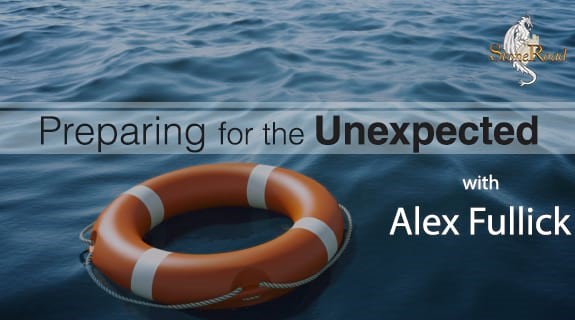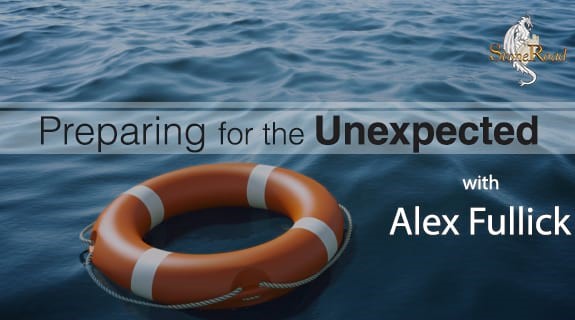Shifting from Self-Doubt to “Watch Me”: Turning Negativity into Empowerment
When speaking to Dr. Janet Williams, Vice President of the School of Health Sciences at William...
Read Moreby Stephanie Duguid | Nov 30, 2023 | Empowerment, VoiceAmerica | 0 |
When speaking to Dr. Janet Williams, Vice President of the School of Health Sciences at William...
Read Moreby Stephanie Duguid | Nov 23, 2023 | Empowerment, VoiceAmerica | 0 |
When speaking with Dr. Linda Garcia of the Center for Community College Student Engagement, on my...
Read Moreby Stephanie Duguid | Oct 30, 2023 | Empowerment, VoiceAmerica | 0 |
When speaking to Brenda Jones, an Academic Support Coordinator at a university, on my...
Read Moreby VoiceAmerica | Sep 29, 2023 | Featured | 0 |
If you work in the broadcasting industry, you may be familiar with the term “podfading.” Podfading occurs when a podcast host discontinues their show without any intention of ending it, or when the host gradually reduces the frequency of releasing new podcast episodes from their original schedule. This can happen for various reasons, such as the host becoming too busy, feeling dissatisfied with their listener numbers, or losing motivation to create new content. Essentially, the host abandons their podcast altogether. However, at the VoiceAmerica Network, we offer services that eliminate the need to worry about “podfading,” enabling hosts to consistently release episodes—as long as they attend the scheduled Zoom meetings!
Read Moreby VoiceAmerica | Jul 31, 2023 | Featured, VoiceAmerica | 0 |
Host of Technology Revolution: The Future of Now and Read My Lips: Cool Conversations with...
Read Moreby VoiceAmerica | Jun 30, 2023 | Featured, VoiceAmerica | 0 |
As a podcaster or radio show host, building a loyal listener community is the key to long-term...
Read Moreby Alex Fullick | May 5, 2023 | Business | 0 |
Join me Thursday, August 17/23 at 1pm EST on the VoiceAmerica Business Channel, as I’m...
Read Moreby VoiceAmerica | Mar 16, 2022 | Business | 0 |
Join me Oct 13/22 at 1pm EST on the VA Business Channel! The success of Business Continuity, Risk...
Read Moreby VoiceAmerica | Feb 10, 2022 | Business | 0 |
Join me August 11, 2022 at 1pm EST! The use of Knowledge Management (KM) within the Business...
Read Moreby VoiceAmerica | Nov 26, 2021 | Business | 0 |
Join me Feb 3/21 at 1pm EST! What opportunities are there in the Resilience / Business Continuity...
Read Moreby VoiceAmerica | Nov 26, 2021 | Business | 0 |
Join me Feb 10/22 at 1pm EST! Diversity & Inclusion is good for you, for your community, and...
Read Moreby VoiceAmerica | Oct 27, 2021 | Business | 0 |
The number of businesses that fail in the United States is staggering. How does a business survive...
Read More












